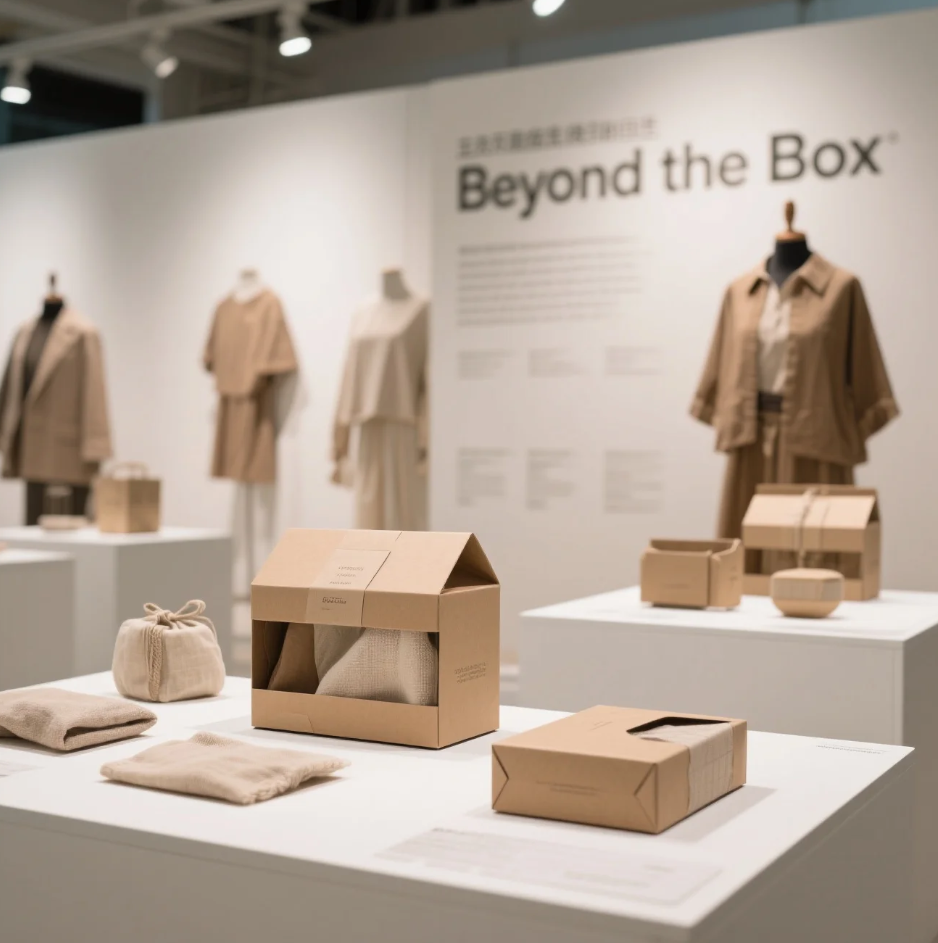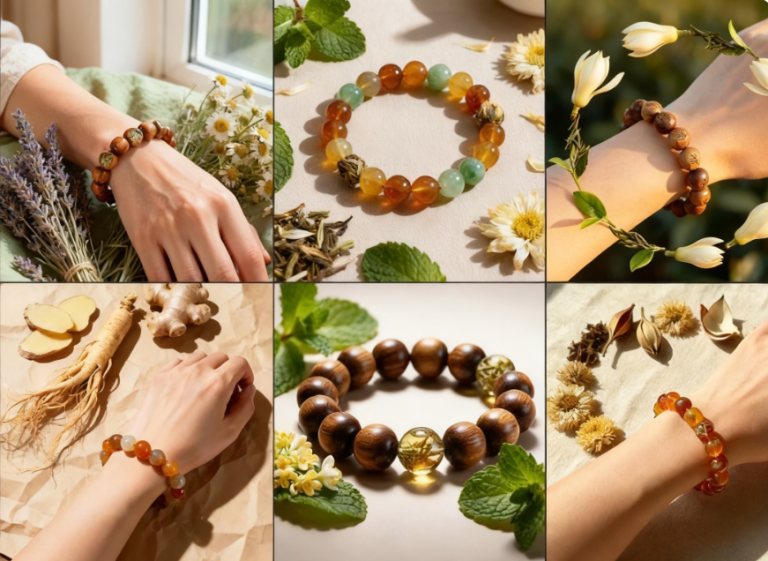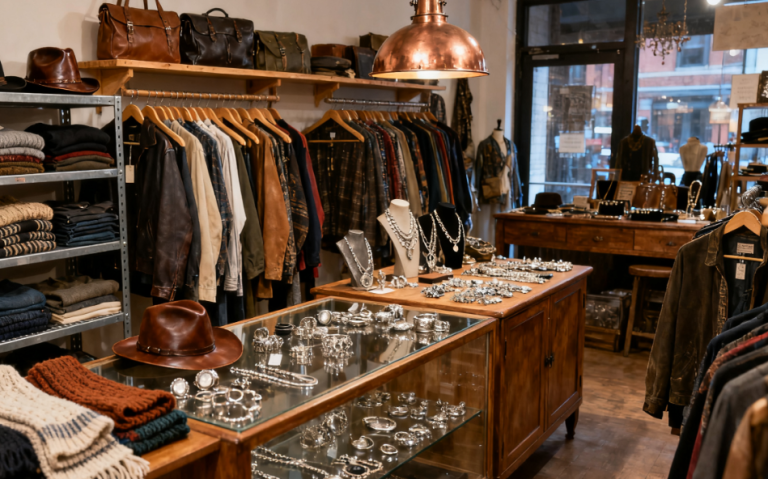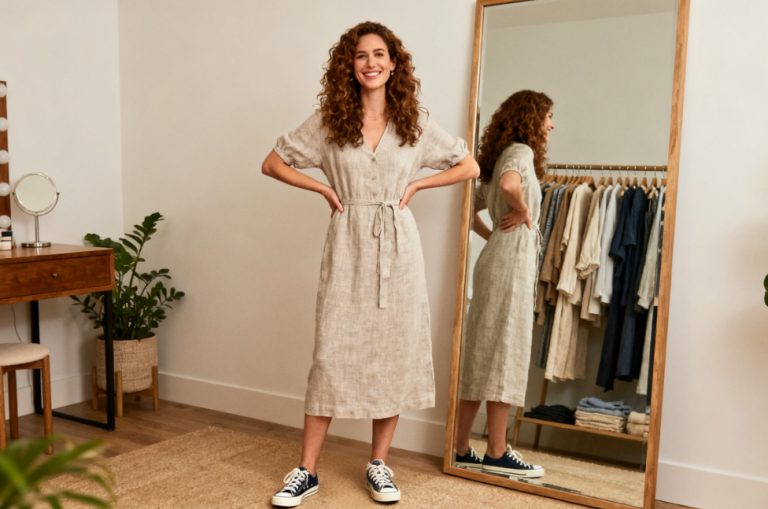
The fashion industry has long been scrutinized for its environmental impact, but there’s a new frontier in the fight for sustainability: packaging. As consumer awareness grows, so does demand for fashion brands to not only rethink how clothes are made but also how they are shipped, stored, and sold. Enter sustainable packaging—an area where innovation is thriving, and fashion is stepping beyond the box (literally and figuratively).
In this article, we explore groundbreaking packaging ideas that are reshaping the future of fashion retail and e-commerce, reducing waste, and redefining what it means to be stylishly sustainable.
Why Packaging Matters in Fashion
Most people focus on the carbon footprint of making and transporting garments, but the packaging used to deliver those items is a major source of pollution:
- Single-use plastics still dominate many e-commerce shipments.
- Non-recyclable materials like laminated paper and mixed materials often end up in landfills.
- Excess packaging adds unnecessary bulk and emissions in shipping.
Given the scale of the global fashion market, even small improvements in packaging can lead to big environmental wins.
Principles of Sustainable Packaging
Before we look at the creative solutions, it’s important to understand the basic goals of sustainable fashion packaging:
- Reduce Waste: Use minimal materials and avoid unnecessary fillers.
- Recyclability: Choose mono-materials that can easily be recycled.
- Compostability: Design with nature in mind—some packaging should safely break down in soil.
- Reusability: Encourage consumers to reuse packaging instead of discarding it.
- Low-Impact Production: Source from renewable, biodegradable, or upcycled materials.
Now, let’s unwrap the creative solutions pushing the envelope in sustainable fashion packaging.
1. Mushroom Packaging
Yes, mushrooms. Companies like Ecovative are using mycelium (the root structure of fungi) to grow biodegradable packaging in custom molds. It’s compostable, sturdy, and shock-resistant—ideal for delicate items like jewelry or shoes.
Fashion brands using this: Stella McCartney partnered with Bolt Threads to explore mycelium leather and has expressed interest in mushroom packaging.
2. Algae-Based Plastics
Algae is fast-growing, abundant, and naturally biodegradable. Some startups are creating plastic-like films from algae that decompose without leaving microplastics behind. They’re flexible, water-resistant, and suitable for wrapping apparel.
Who’s innovating: Notpla and Loliware are developing seaweed-based materials that are edible, compostable, and functional.
3. Reusable Mailers
Why use packaging once when you can use it 20 times? Reusable mailers made of recycled polyester or post-consumer plastic waste are designed to be returned via prepaid labels, cleaned, and reused.
Leading example: RePack, a Finnish company, offers durable mailers that return to the sender and are reused for other customers.
4. Seed-Embedded Packaging
Talk about circular. Some fashion brands are embedding wildflower or herb seeds into recycled paper packaging. Once unwrapped, customers can plant the packaging to grow something beautiful.
Seen in fashion: Brands like Pangaia and Votch have explored seed-paper tags and packaging for accessories.

5. Minimalist Packaging Design
Instead of flashy branded boxes, some fashion companies are opting for sleek, minimal, no-ink packaging made from recycled kraft paper. This reduces waste and ink pollution while maintaining a chic look.
Aesthetic meets sustainability: Everlane and Patagonia both embrace low-waste design without compromising brand identity.
6. Recycled and Upcycled Materials
Brands are tapping into the waste stream itself by using:
- Post-consumer paper or cardboard
- Recycled ocean plastics
- Upcycled textile scraps for tags or bags
This closes the loop and gives new life to materials that would otherwise pollute.
Fashion forward: Adidas collaborated with Parley for the Oceans to use ocean plastic in packaging for their eco-shoe lines.
7. Cornstarch and PLA Bioplastics
Polylactic Acid (PLA) is a bioplastic made from cornstarch or sugarcane. It looks and feels like plastic but breaks down in industrial composting conditions.
Use with caution: While more sustainable than petroleum plastics, PLA should be composted properly and isn’t perfect. Still, it’s a step in the right direction.

Challenges to Widespread Adoption
Sustainable packaging in fashion faces several hurdles:
- Cost: Innovative materials can be more expensive upfront.
- Consumer behavior: Customers may not return reusable mailers or compost packaging correctly.
- Infrastructure gaps: Composting and recycling facilities vary by location.
However, these challenges are not insurmountable. With education, subsidies, and brand leadership, sustainable packaging can become the norm rather than the niche.
How Consumers Can Make a Difference
Consumers hold more power than they realize. You can drive change by:
- Supporting brands that prioritize low-waste packaging
- Reusing or recycling packaging materials properly
- Giving feedback to brands about their packaging choices
Even small steps—like reusing a garment bag or requesting less packaging at checkout—send a message that sustainability matters.
The Future Is (Sustainably) Wrapped
The shift toward sustainable packaging isn’t just about reducing plastic. It’s about reimagining the entire fashion ecosystem from manufacture to mailbox. The future belongs to brands that see packaging not as an afterthought, but as an opportunity to innovate.
In a world awash in boxes, tape, and plastic wrap, the most stylish move fashion can make is to think outside the box—and maybe even grow one from mushrooms.
Because the revolution doesn’t stop at what you wear. It continues with how it arrives.


